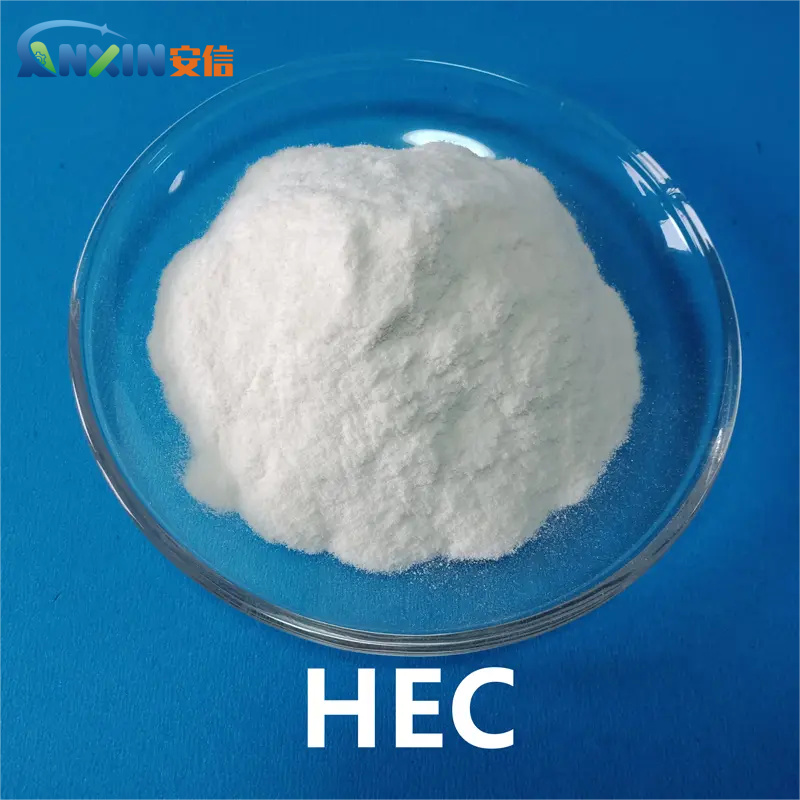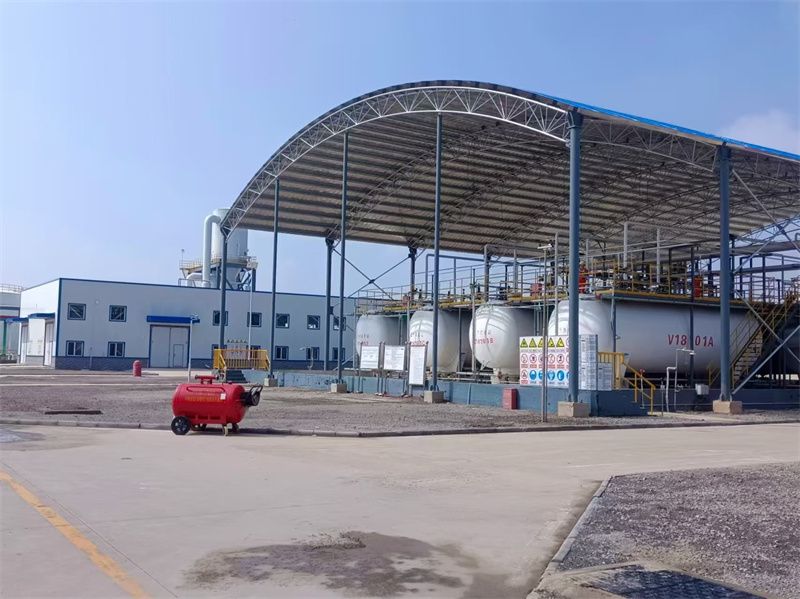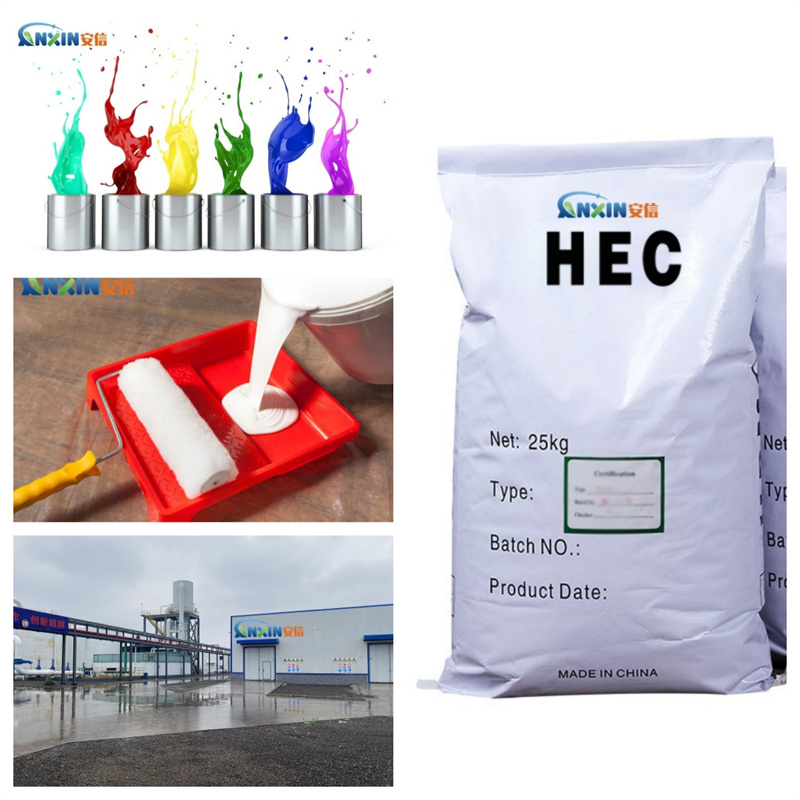1. Basic Overview of HEC
Hydroxyethyl Cellulose (HEC) is a non-ionic water-soluble polymer, which is made by reacting cellulose with ethylene oxide after alkalization. As a highly efficient water-soluble thickener, HEC plays an irreplaceable role in latex paint. The hydroxyethyl substituent in its molecular structure gives it excellent water solubility and chemical stability, making it one of the most commonly used cellulose ether thickeners in the water-based paint industry.

2. Main features of HEC in latex paint
Excellent thickening performance
The most notable feature of HEC is its excellent thickening ability:
High thickening efficiency: extremely low addition amount (usually 0.2%-1.0% of the total formula) can significantly increase the viscosity of the system
Pseudoplastic fluid characteristics: high viscosity when static, viscosity decreases during construction shear, which not only ensures storage stability but also facilitates brushing
Viscosity adjustability: HEC products with different molecular weights can provide a viscosity range from thousands to tens of thousands of mPa·s
Excellent rheological performance regulation
HEC can effectively improve the rheological properties of latex paint:
Anti-sagging: prevents paint from sagging when applied on vertical surfaces
Good flow and smoothness: can automatically level after brushing, reducing brush marks
Moderate water retention: delays water evaporation and prolongs open time
Excellent compatibility and stability
HEC in latex paint system shows:
Wide pH adaptability: stable performance in the pH range of 2-12
Excellent electrolyte tolerance: not affected by salt substances in the system
Good storage stability: not easy to stratify or precipitate during long-term storage
Environmental protection and safety characteristics
As a green additive, HEC has the following characteristics:
Non-toxic and harmless: does not contain APEO, formaldehyde and other harmful substances
Biodegradable: can be decomposed by microorganisms, environmentally friendly
Low VOC characteristics: meets the development requirements of environmentally friendly coatings

3. Functions of HEC in latex paint
Stabilize the dispersion system
HEC stabilizes pigment and filler particles through the following mechanisms:
Increase the viscosity of the continuous phase and slow down the sedimentation rate of particles
Form a three-dimensional network structure to prevent particle aggregation
Produce a steric hindrance effect with latex particles
Improve construction performance
HEC optimizes the construction performance of latex paint:
Adjust the viscosity to make the paint easy to roll, brush or spray
Control splashing performance and reduce construction loss
Extend the wet edge time for easy joint processing
Improve the quality of the paint film
HEC helps to form a high-quality paint film:
Promote uniform distribution of pigments and improve hiding power
Reduce shrinkage and cracking during drying
Enhance the density of the paint film and improve scrub resistance
4. Comparative advantages of HEC with other thickeners
Compared with inorganic thickeners
Compared with bentonite, magnesium aluminum silicate, etc.:
Higher thickening efficiency
Does not affect the gloss of the paint film
Does not cause changes in the pH value of the system
Compared with synthetic polymer thickeners
Compared with polyurethanes (HEUR) and acrylics (HASE):
More competitive price
Less affected by formula changes
Better storage stability
Compared with other cellulose ethers
Compared with methyl cellulose (MC) and hydroxypropyl methyl cellulose (HPMC):
Better solubility, no gel temperature limit
Better mildew resistance
Better compatibility with emulsions
5. Application characteristics of HEC in special latex paints
In high-gloss latex paints
Provide moderate structural viscosity without affecting gloss
Reduce the water separation tendency of high PVC systems
Help aluminum powder and other effect pigments to align
In elastic latex paints
Balance the contradiction between elasticity and anti-sagging
Prevent dripping during thick coatings
Maintain the rebound performance of the coating
In functional latex paints
Does not affect the antibacterial coating =Effect on the efficacy of active ingredients
Provide suitable suspension performance for thermal insulation coatings
Synergize with preservatives to extend the shelf life in the can

6. Precautions in the use of HEC
Dissolution process: Appropriate dispersion method should be used to prevent agglomeration. It is recommended to mix with dry powder or prepare pre-gel first
Addition time: Usually added in the paint mixing stage to avoid direct contact with certain dispersants
Compatibility selection: Often used in combination with other types of thickeners to achieve synergistic effects
Storage conditions: It should be sealed and stored in a dry environment to prevent moisture absorption and agglomeration
7. Future development trends
With the advancement of latex paint technology, HEC products are also constantly innovating:
Low ash HEC reduces the impact on the paint film
Instant HEC simplifies the production process
Surface-treated HEC improves dispersion performance
Combined with nanotechnology to develop multifunctional products
HEC occupies an important position in the field of latex paint with its unique performance characteristics. Its excellent thickening effect, good construction performance and stable storage characteristics make it one of the preferred thickeners for water-based paint formulators. With the increasingly stringent environmental protection requirements and the continuous development of coating technology, the application prospects of HEC in latex paint will be broader.
Post time: Apr-11-2025